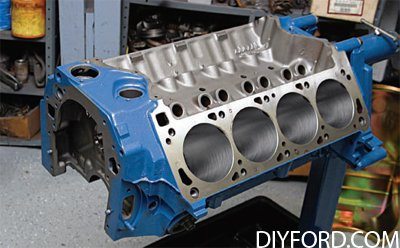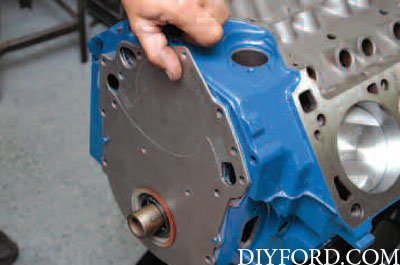cjkcue
Active member
So I am working on a newly purchased 73 Mach 1 with a 351c. I had a coolant leak at the bottom of the water pump and come to find out that one of the holes is stripped out and leaking though the bolt hole. The one that is stripped is the bolt directly below where the lower radiator hose attaches. Am I correct in thinking that this is one of the bolts that attaches to the timing cover only and not directly into the block? Would love to just replace the timing cover and avoid attempting a helicoil into the block.
Thanks everyone.
Sent from my iPhone using Tapatalk
Thanks everyone.
Sent from my iPhone using Tapatalk







